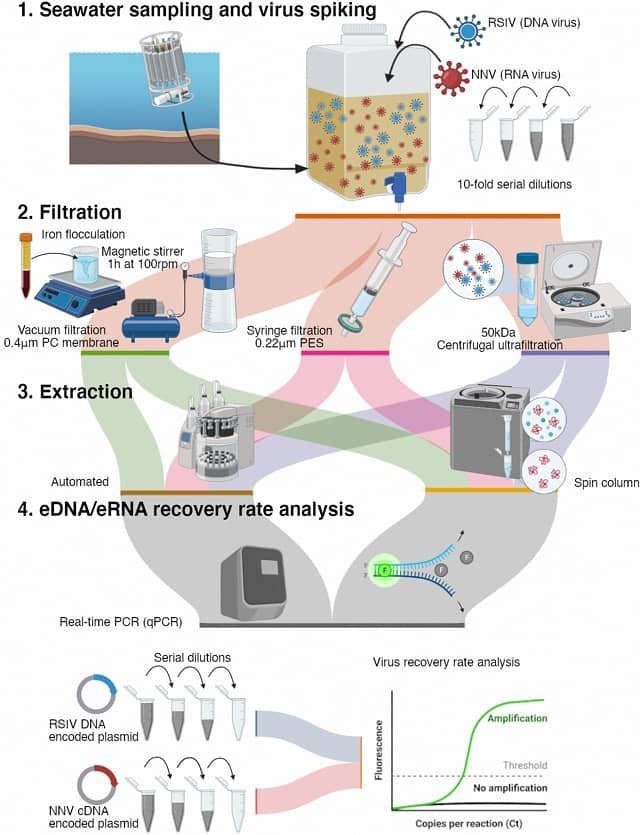Norway.- Tilapia, a tropical fish, is an important aquaculture species farmed in more than 100 countries, and after carp is the second most important aquaculture species in the world accounting for 7.4% of global production in 2015.
In collaboration with world leading Nile tilapia genetics company, Genomar AS, Norway, researchers at the Norwegian University of Life Sciences (NMBU) have developed two important genomic resources, a SNP-array and a high-density linkage map, which can be used to revolutionise the classical breeding methods used in Nile tilapia.
Currently, Nile tilapia breeding programs rely on relatively simple strategies to mate individuals based on their health and growth performance.
Using easily observed visual clues like disease resistance and growth rates, the selective breeding has slowly but surely resulted in enormous improvements in agriculture productivity.
Now genetics has found a way to cheat the system by exploring the genetic code of an organism (DNA), and discovering the genetic variations or variants that make one individual “better” than another.
By including information about DNA variation and select parents that have the genetic variations necessary to give superior offspring, it will be possible to accelerate progress based on firm knowledge.
In addition, careful selection of individuals based on genetics can ensure that overall DNA variation is maximized even while selecting for key good genetic variants. This is important to avoid inbreeding (mating of closely related fish) and to keep your breeding fish robust.
Stay Always Informed
Join our communities to instantly receive the most important news, reports, and analysis from the aquaculture industry.
The scientist used these techniques and approaches to develop a tiny 2mm2 DNA microarray (SNP-array) that can simultaneously test 58,000 DNA variants (mutants) in DNA extracted from a drop of blood or fin-clip collected from a single Nile tilapia individual.
Although the variants represent only a tiny fraction of the millions of mutations each Nile tilapia fish possesses, they have been carefully chosen to be highly informative and are scattered evenly across each of the fishes 22 chromosomes.
To help breeders develop (for example) fast growing fish, DNA from groups of fast and slow growing fish is analysed using the microarray and chromosome regions associated with fast-growth are flagged.
This analysis reveals a characteristic “good variant” signature or fingerprint which can be used to select the parents for the next generation of fish.
Reference (Free):
Rajesh Joshi1, Mariann Árnyasi, Sigbjørn Lien, Hans Magnus Gjøen, Alejandro Tola Alvarez and Matthew Kent. Development and Validation of 58K SNP-Array and High-Density Linkage Map in Nile Tilapia (O. niloticus). Front. Genet., 15 October 2018 | https://doi.org/10.3389/fgene.2018.00472
https://www.frontiersin.org/articles/10.3389/fgene.2018.00472/full
Source: Norwegian University of Life Sciences (NMBU)
Editor at the digital magazine AquaHoy. He holds a degree in Aquaculture Biology from the National University of Santa (UNS) and a Master’s degree in Science and Innovation Management from the Polytechnic University of Valencia, with postgraduate diplomas in Business Innovation and Innovation Management. He possesses extensive experience in the aquaculture and fisheries sector, having led the Fisheries Innovation Unit of the National Program for Innovation in Fisheries and Aquaculture (PNIPA). He has served as a senior consultant in technology watch, an innovation project formulator and advisor, and a lecturer at UNS. He is a member of the Peruvian College of Biologists and was recognized by the World Aquaculture Society (WAS) in 2016 for his contribution to aquaculture.




